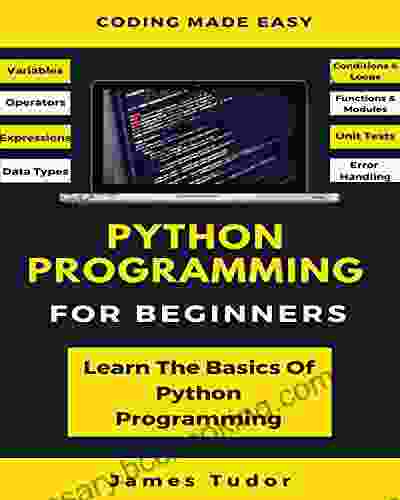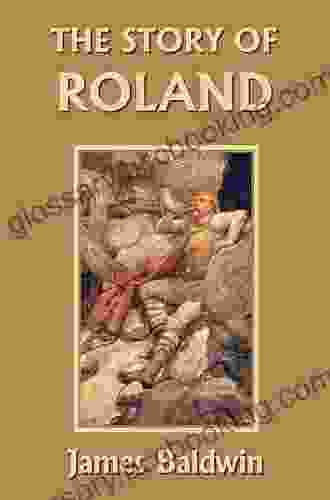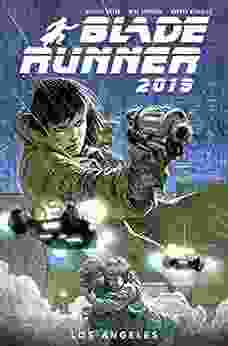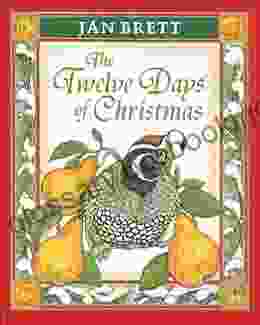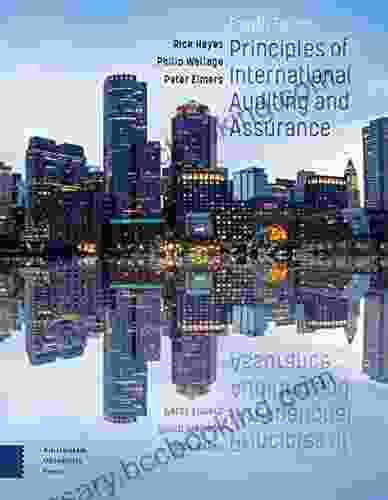Learn The Basics Of Python Programming Python Crash Course Programming For

Python is a high-level, interpreted programming language that is known for its simplicity and readability. It is a popular choice for beginners and experienced programmers alike, and it is used in a wide range of applications, including web development, data science, and machine learning.
In this article, we will provide you with a comprehensive overview of the Python language, including its syntax, data types, control flow, and functions. We will also cover some basic Python programming exercises to help you practice what you have learned.
Python syntax is very similar to English, which makes it easy to read and write. Here are some of the basic syntax rules of Python:
4.3 out of 5
| Language | : | English |
| File size | : | 939 KB |
| Text-to-Speech | : | Enabled |
| Screen Reader | : | Supported |
| Enhanced typesetting | : | Enabled |
| Print length | : | 87 pages |
| Lending | : | Enabled |
- Indentation is significant in Python. Code blocks are indented with four spaces or one tab.
- Python uses the
=operator to assign values to variables. - Python uses the
+operator to concatenate strings and the*operator to multiply numbers. - Python uses the
if,elif, andelsestatements to control the flow of execution. - Python uses the
forandwhileloops to iterate over sequences. - Python uses the
defstatement to define functions.
Python has a variety of built-in data types, including:
- Integers are whole numbers, such as 1, 2, and 3.
- Floats are decimal numbers, such as 1.23, 4.56, and 7.89.
- Strings are sequences of characters, such as "hello", "world", and "Python".
- Lists are Free Downloaded collections of items, such as [1, 2, 3], ["hello", "world", "Python"], and [1.23, 4.56, 7.89].
- Tuples are immutable Free Downloaded collections of items, such as (1, 2, 3),("hello", "world", "Python"),and (1.23, 4.56, 7.89).
- Dictionaries are unFree Downloaded collections of key-value pairs, such as {"name": "John", "age": 30, "city": "New York"}
Python uses the if, elif, and else statements to control the flow of execution. The if statement is used to execute a block of code if a certain condition is met. The elif statement is used to execute a block of code if a different condition is met. The else statement is used to execute a block of code if none of the other conditions are met.
Here is an example of an if statement:
python if age >= 18: print("You are an adult.")
Here is an example of an elif statement:
python if age >= 18: print("You are an adult.") elif age >= 13: print("You are a teenager.")
Here is an example of an else statement:
python if age >= 18: print("You are an adult.") elif age >= 13: print("You are a teenager.") else: print("You are a child.")
Python functions are used to group code together and perform a specific task. Functions can be called from anywhere in your program.
Here is an example of a Python function:
python def greet(name): print("Hello, " + name + "!")
greet("John")
The greet() function takes one argument, which is the name of the person to greet. The function then prints a message to the console, which says "Hello, [name]!
Now that you have learned the basics of Python programming, it is time to practice what you have learned. Here are some basic Python programming exercises to help you get started:
- Exercise 1: Write a program that prints "Hello, world!" to the console.
- Exercise 2: Write a program that takes two numbers as input and prints their sum to the console.
- Exercise 3: Write a program that takes a list of numbers as input and prints the average of the numbers to the console.
- Exercise 4: Write a program that takes a string as input and prints the length of the string to the console.
- Exercise 5: Write a program that takes a string as input and prints the string in reverse Free Download to the console.
Python is a powerful and versatile programming language that is used in a wide range of applications. In this article, we have provided you with a comprehensive overview of the Python language, including its syntax, data types, control flow, and functions. We have also covered some basic Python programming exercises to help you practice what you have learned.
If you are interested in learning more about Python programming, there are many resources available online. You can find tutorials, courses, and documentation on the official Python website. You can also find many helpful Python programming resources on Stack Overflow and other online forums.
I hope this article has been helpful. If you have any questions, please feel free to leave a comment below.
4.3 out of 5
| Language | : | English |
| File size | : | 939 KB |
| Text-to-Speech | : | Enabled |
| Screen Reader | : | Supported |
| Enhanced typesetting | : | Enabled |
| Print length | : | 87 pages |
| Lending | : | Enabled |
Do you want to contribute by writing guest posts on this blog?
Please contact us and send us a resume of previous articles that you have written.
 Book
Book Novel
Novel Page
Page Chapter
Chapter Text
Text Story
Story Genre
Genre Reader
Reader Library
Library Paperback
Paperback E-book
E-book Magazine
Magazine Newspaper
Newspaper Paragraph
Paragraph Sentence
Sentence Bookmark
Bookmark Shelf
Shelf Glossary
Glossary Bibliography
Bibliography Foreword
Foreword Preface
Preface Synopsis
Synopsis Annotation
Annotation Footnote
Footnote Manuscript
Manuscript Scroll
Scroll Codex
Codex Tome
Tome Bestseller
Bestseller Classics
Classics Library card
Library card Narrative
Narrative Biography
Biography Autobiography
Autobiography Memoir
Memoir Reference
Reference Encyclopedia
Encyclopedia James Kaplan
James Kaplan Jakob Walter
Jakob Walter Terry Lee Stone
Terry Lee Stone Michael Reichert
Michael Reichert Jackie Bavaro
Jackie Bavaro James P S Devereux
James P S Devereux Jacqui Letran
Jacqui Letran Jacob Biggle
Jacob Biggle James P Owen
James P Owen Rob Coppolillo
Rob Coppolillo Jamie Jensen
Jamie Jensen Maha Alkurdi
Maha Alkurdi Mark William Forbes
Mark William Forbes Jan Andrew Henderson
Jan Andrew Henderson Mariolina Ceriotti Migliarese
Mariolina Ceriotti Migliarese Paul Clarke
Paul Clarke Red Mikhail
Red Mikhail Jade Stone
Jade Stone Sean Black
Sean Black Jacques Derrida
Jacques Derrida
Light bulbAdvertise smarter! Our strategic ad space ensures maximum exposure. Reserve your spot today!

 Nathaniel HawthorneRapid Review Pathology: The Ultimate Guide to Pathology for Students and...
Nathaniel HawthorneRapid Review Pathology: The Ultimate Guide to Pathology for Students and... Thomas HardyFollow ·13k
Thomas HardyFollow ·13k Keith CoxFollow ·9.9k
Keith CoxFollow ·9.9k Isaac BellFollow ·2.3k
Isaac BellFollow ·2.3k Juan ButlerFollow ·19.3k
Juan ButlerFollow ·19.3k Grant HayesFollow ·9.9k
Grant HayesFollow ·9.9k Morris CarterFollow ·9.6k
Morris CarterFollow ·9.6k Hector BlairFollow ·12.5k
Hector BlairFollow ·12.5k Kelly BlairFollow ·8.9k
Kelly BlairFollow ·8.9k
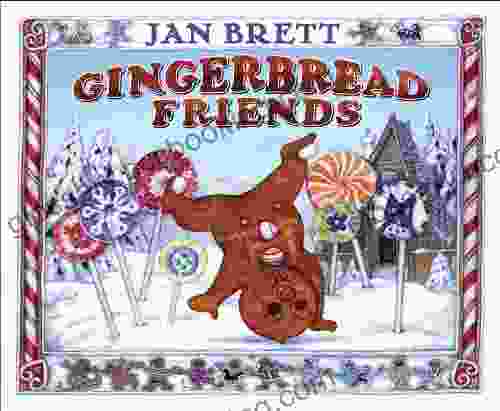
 Douglas Adams
Douglas AdamsGingerbread Friends by Jan Brett
A Magical Tale for the Holidays Jan Brett's...

 Joseph Foster
Joseph FosterHappy Birthday Moo Moo Family: A Delightful Tale for Kids...
Celebrate the Bonds of Family with...

 Demetrius Carter
Demetrius CarterUncover the Enchanting Tapestry of New Delhi: A Visual...
New Delhi, India's vibrant capital, is a...
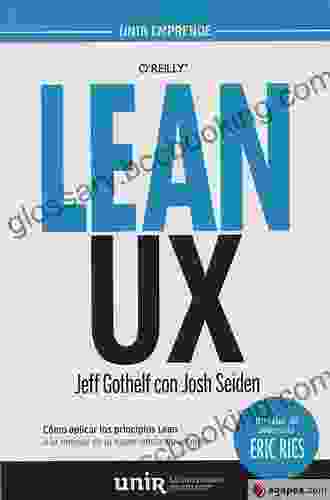
 W.B. Yeats
W.B. YeatsUnveiling the Power of Lean UX: A Comprehensive Review of...
In the rapidly evolving world...
4.3 out of 5
| Language | : | English |
| File size | : | 939 KB |
| Text-to-Speech | : | Enabled |
| Screen Reader | : | Supported |
| Enhanced typesetting | : | Enabled |
| Print length | : | 87 pages |
| Lending | : | Enabled |


